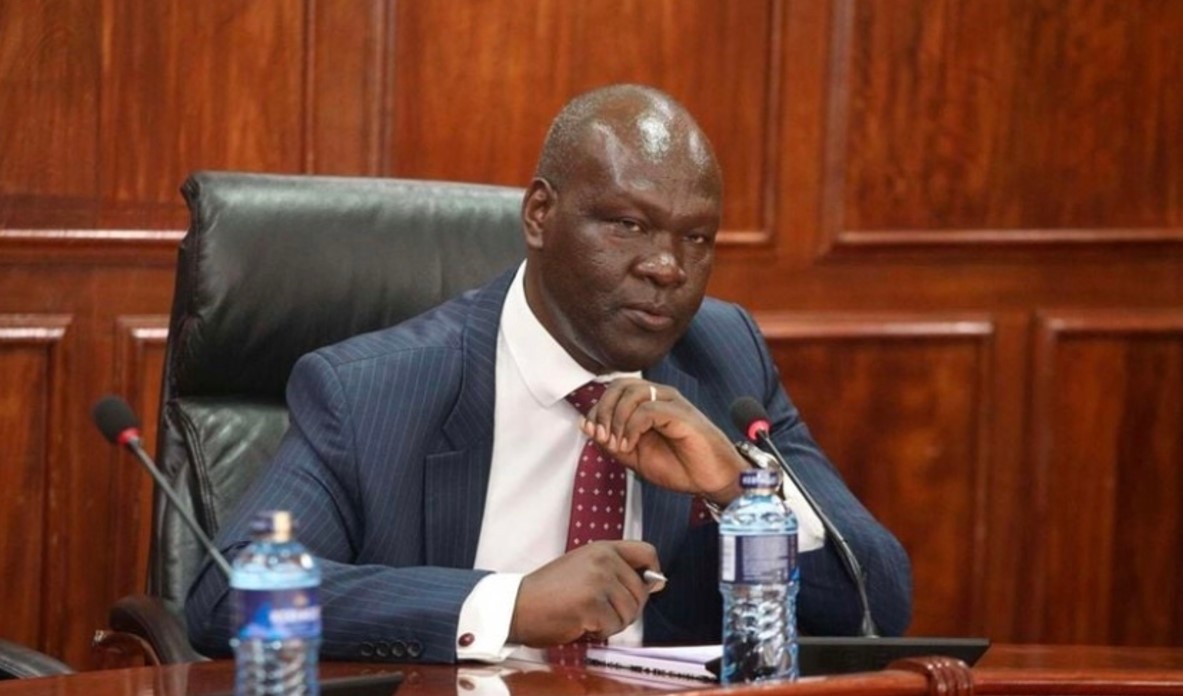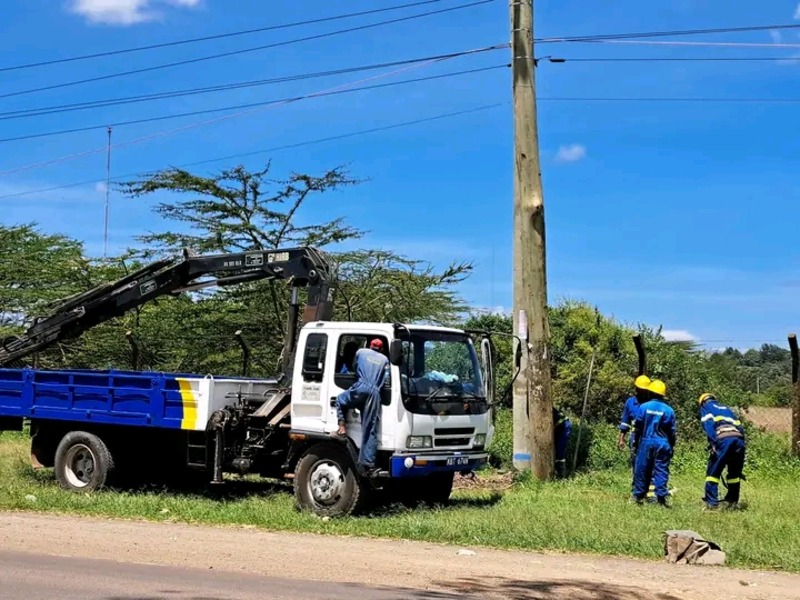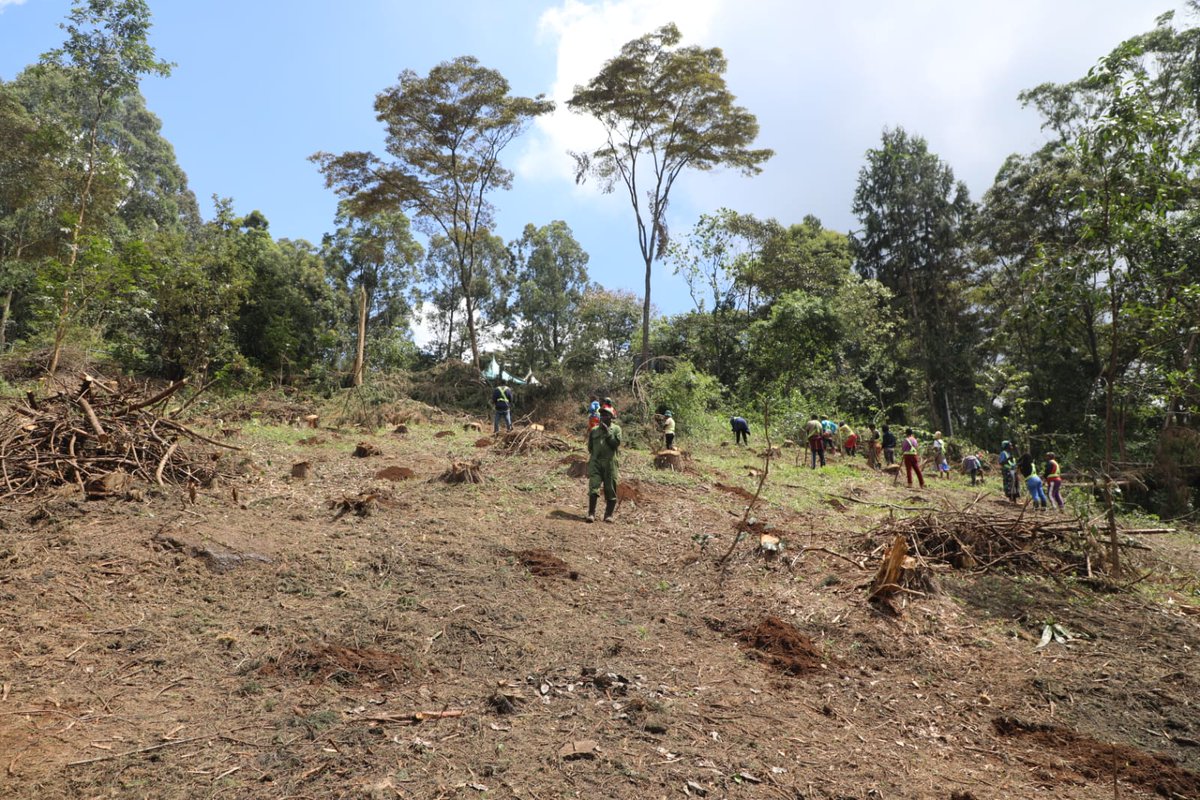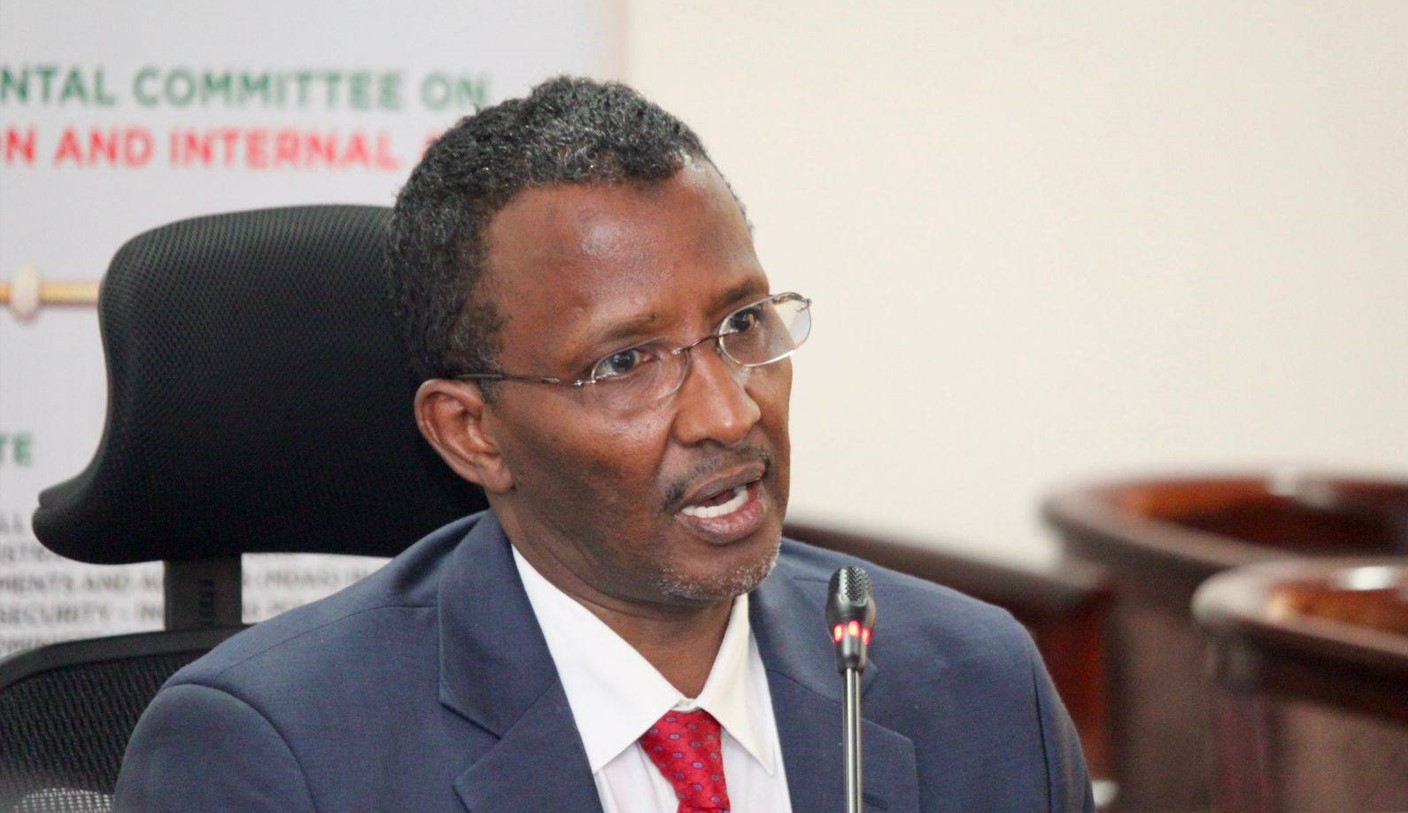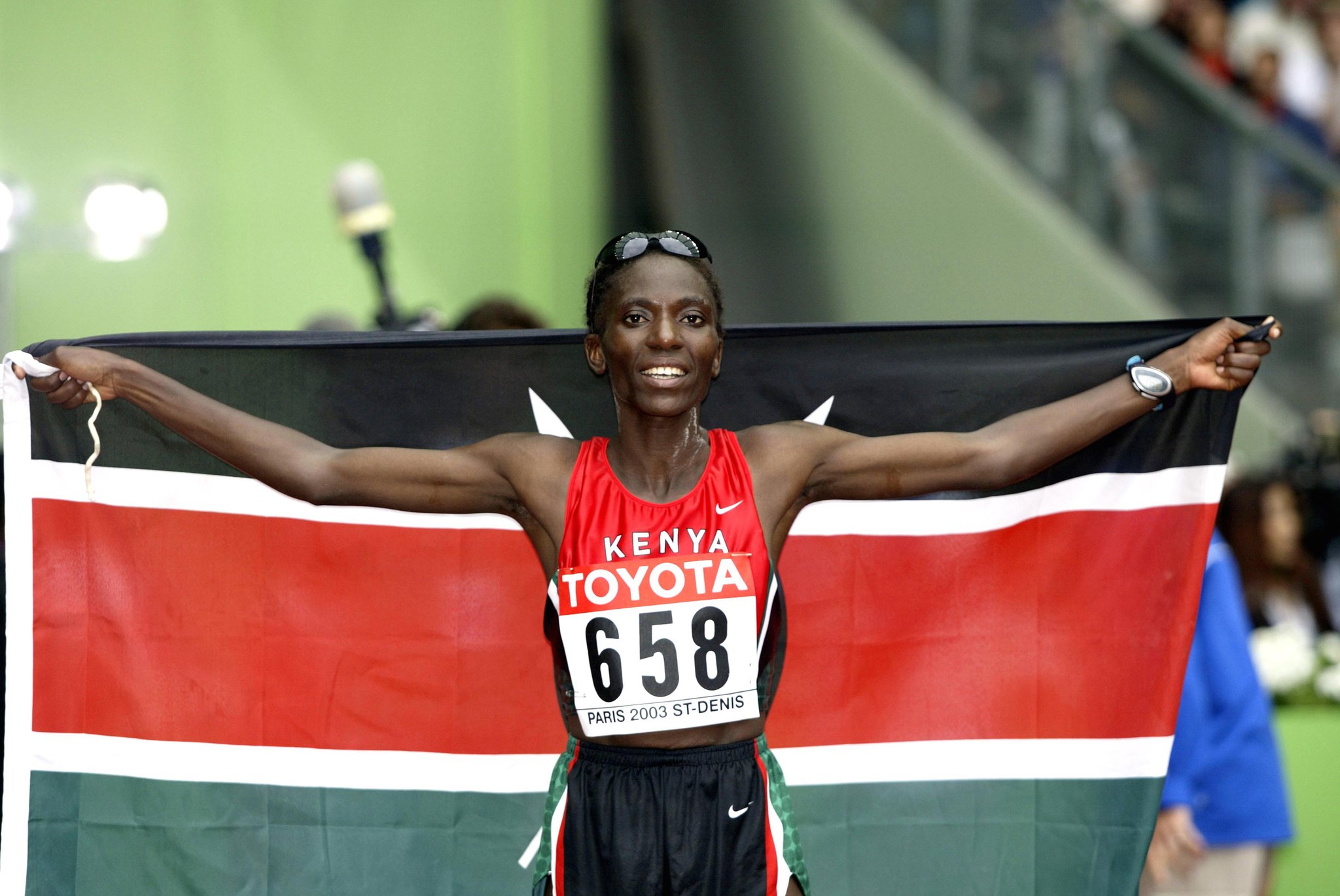The story of Kenya's most iconic stadiums
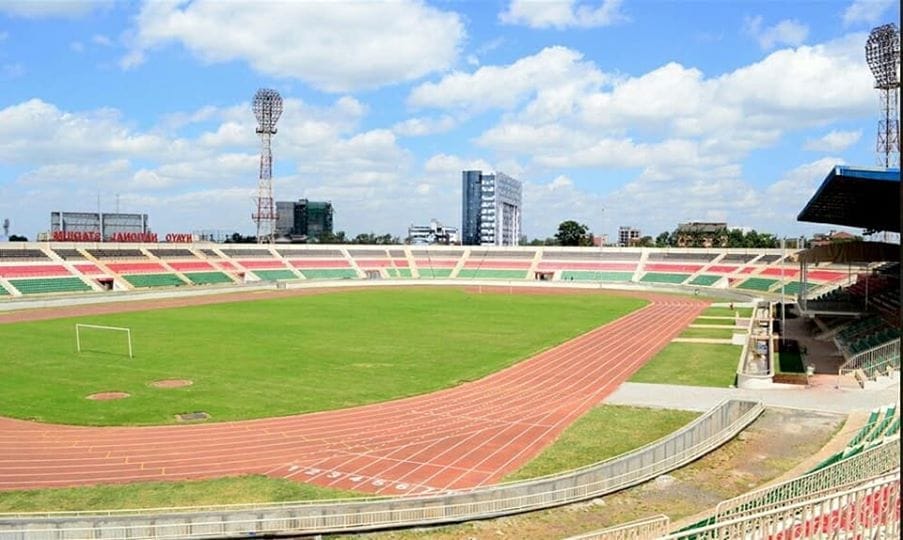
By Erick Kariuki |
Nairobi City Stadium, Nyayo National Stadium, and Moi International Sports Centre stand as Kenya's most iconic sports venues having shaped the nation's sporting history
Kenya's iconic stadiums have witnessed the nation's sporting triumphs, political milestones, and cultural events. This article explores the history and significance of Nairobi City Stadium, Nyayo National Stadium, and Moi International Sports Centre—Kenya's most notable stadia.
Nairobi City Stadium
Nairobi City Stadium, east of the city center, is Kenya's first stadium. Initially called African Stadium, it became Donholm Road Stadium and later Jogoo Road Stadium after independence in 1963. It now has a capacity of over 15,000 and mainly hosts football matches, serving as the home ground for Gor Mahia Football Club.
Keep reading
- Murkomen unveils plans to modernise Kenya's stadiums despite budget shortfalls
- Gor Mahia, Police to host CAF games abroad after Nyayo and Kasarani are declared unfit
- Nyayo Stadium to be closed for renovation after Kip Keino Classic, Ministry of Sport announces
- Huge fire engulfs businesses in Jua Kali, Muthurwa
5/16 Before Nyayo National Stadium (built in 1983) and Kasarani Stadium (built in 1986-1987) were constructed, hot football action was witnessed at Doonholm Road stadium (City Stadium today). Gossage Cup Finals (tournament for E. African national teams) were a crowd puller. pic.twitter.com/cxH31s5VPr
— H i s t o r yKE (@HistoryKE) May 30, 2023
Significant events include the Jomo Kenyatta Memorial Meeting in 1979, featuring athletes like Edwin Moses and Henry Rono. Until the 1980s, it was Kenya's main stadium before Nyayo National Stadium opened.
Nyayo National Stadium
Opened in 1983, Nyayo National Stadium is located at the intersection of Mombasa Road, Langata Road, and Aerodrome Road. It can accommodate over 15,000 spectators and hosts major sports events, including football, athletics, and swimming, as well as national celebrations.
I hate this guy btw,what a 🤡.how many times has Nyayo Stadium been closed for renovations in recent years???It's 2024 and yet Harambee Stars cannot play any match at home because there exists no proper stadium today..na tunataka kuhost AFCON 2027🤦🏿♂️.He needs to resign bana https://t.co/WwXe7Ni7zu
— 𝑾𝒆𝒔☆ (@Wes_munene) July 27, 2024
Nyayo Stadium's opening allowed Kenya to bid successfully for the 1987 All-Africa Games, giving it international status. Briefly renamed Coca-Cola National Stadium in 2009, the name reverted to Nyayo National Stadium after Coca-Cola withdrew its branding contract. It also houses the headquarters of the Football Kenya Federation and Athletics Kenya.
Moi International Sports Centre
Built in 1987 in Kasarani, Moi International Sports Centre is Kenya's largest stadium with over 60,000 seats. It was constructed for the All-Africa Games and has hosted events like the World U18 Championships in Athletics in 2017 and the World Athletics U20 Championships in 2021.
In this 1983 photo, President Moi receives at Jomo Kenyatta International Airport Chinese Premier Zhao Ziyang.
— H i s t o r yKE (@HistoryKE) October 19, 2021
Construction of Moi International Sports Centre (Kasarani Stadium) was among several projects during the Premier’s visit that the Chinese government pledged to fund. pic.twitter.com/XGYHwXh69x
The stadium underwent significant renovations in 2010, funded by a KSh 900 million grant from China. Renovations were completed in 2012 by Sheng Li Engineering Construction Company Limited. The stadium also served as a screening center during 'Operation Usalama Watch' in 2014 after terror attacks in Nairobi and Mombasa.
Despite substantial investments, many stadium projects in Kenya remain incomplete. Taxpayers have spent around Sh 2.6 billion on upgrades, yet many projects are less than 40 percent complete or abandoned.
Other African countries have allocated larger budgets for their stadiums. For example, DR Congo built Stade Tata Raphael for Sh4.989 billion, and Senegal constructed Stade Léopold Sédar Senghor for Sh35 billion. Kenya has not fully integrated its sports facilities into broader economic development plans, missing opportunities for urban regeneration.
Kenya could benefit from incorporating stadiums into larger commercial and residential developments, especially in cities like Nairobi, Kisumu, Mombasa, and Eldoret. This approach could drive economic growth and urban development, making the most of the stadiums' potential.
Kenya's stadiums are not just sports venues; they are key parts of the country's history and future development. By addressing current challenges and exploring new strategies, these iconic structures can continue to contribute to Kenya's progress.
Reader comments
Follow Us and Stay Connected!
We'd love for you to join our community and stay updated with our latest stories and updates. Follow us on our social media channels and be part of the conversation!
Let's stay connected and keep the dialogue going!

